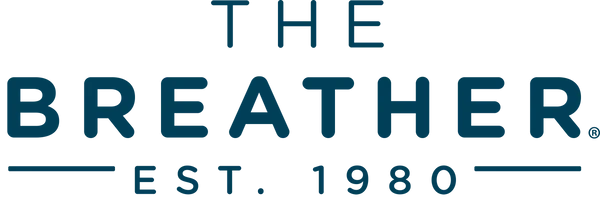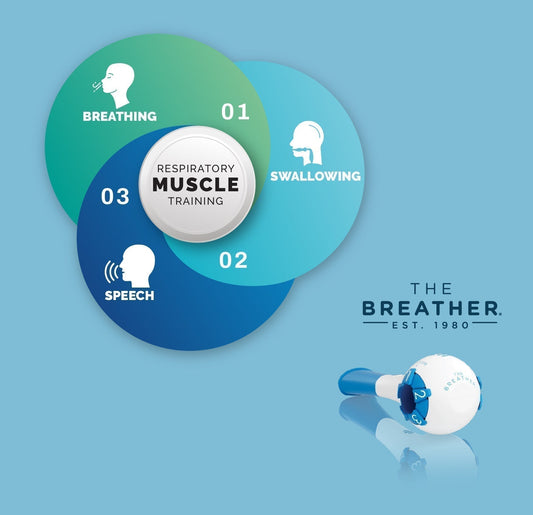Breathing is the foundation of life, but it’s also the cornerstone of effective voice production and performance.
Whether you're a professional singer, public speaker, or simply someone looking to improve your respiratory health, the way you breathe plays a critical role in your ability to communicate and perform.
In this article, we explore the transformative power of respiratory muscle training and how tools like BREATHER VOICE can help strengthen your breathing muscles, enhancing voice clarity, endurance, and overall performance.
Exploring the physiology of voice production
When we speak or sing, a complex interplay of physiological factors comes into play. A series of processes come in order for voice production involving air movement through the larynx, controlled by the vocal folds and the glottis.
The quality of sound production depends on subglottic pressure, which is influenced by lung volume and chest wall pressure. Interestingly, professional singers exhibit enhanced control over these factors, often achieving remarkable vocal performances through skillful airflow management [1].


Singing: The next-level voice production technique
Singing takes the intricate dance of voice production to the next level. It demands larger lung volumes and refined control over airflow.
Research indicates that skilled singers, especially classical ones, can modify their natural breathing patterns to support the demands of vocal performance.
This adaptation involves engaging not only the main breathing muscle, the diaphragm, but also accessory muscles around the ribcage, collarbone, neck, and abdominal region [2].
The role of RMT in enhancing the voice quality
Respiratory Muscle Training (RMT) is a powerful tool to enhance voice quality and singing prowess. RMT focuses on strengthening the diaphragm and accessory breathing muscles through resistance training.
This approach increases lung capacity and phonation time, a crucial parameter in singing. By improving control over inhalation and exhalation, singers can achieve greater mastery over voice production.
Insights from clinical studies
Several studies shed light on the benefits of RMT for professional singers and musicians:
-
A 4-week RMT intervention improved vocal range, breath support, and phonation time among musicians and singers [3].
-
RMT effectively treated throat pain, vocal fatigue, and benign vocal fold lesions, yielding improved voice metrics [4].
-
A retrospective study showed significant enhancements in voice parameters following a 4-week RMT intervention, including peak flow, pitch range, vocal intensity, and more [5].
BREATHER VOICE: A Game-Changer
One remarkable device that capitalizes on these findings is the BREATHER VOICE. This innovative tool targets the diaphragm and accessory muscles by providing adjustable resistance during inhalation and exhalation.
By utilizing the BREATHE VOICE, singers can optimize their breathing techniques, improve airflow control, and elevate their vocal performance.
Conclusion
The connection between breathing, physiology, and vocal performance is profound. Through respiratory muscle training and targeted techniques, singers can harness the power of their own bodies to create exceptional sound.
As we continue to uncover the intricate relationship between respiration and voice production, tools like the BREATHER VOICE offer exciting avenues for vocalists to enhance their abilities and produce captivating performances.









